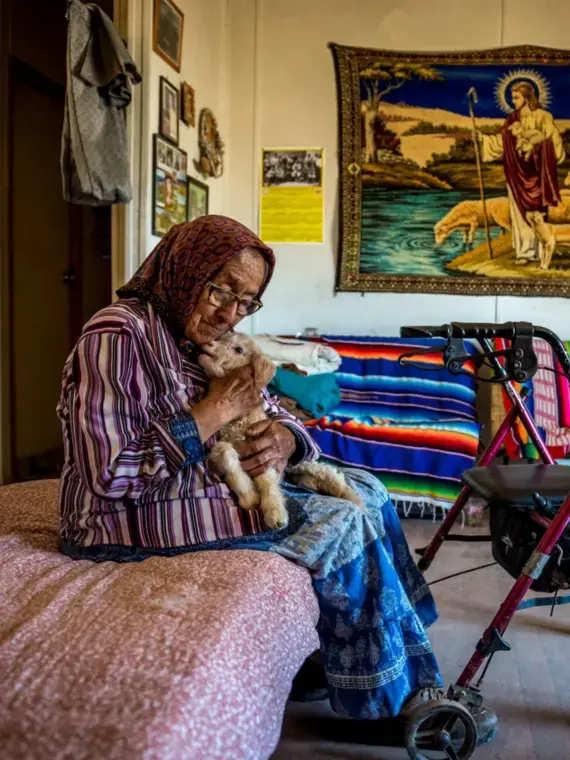The Navajo people once had such low rates of cancer, they were thought to be almost immune to it. Those statistics dramatically changed during the Cold War nuclear arms race.
The U.S. government contracted private mining companies to blast four million tons of ore out of Navajo land with little environmental, health, or safety oversight.
For almost 40 years, Navajo women, men, and children worked in the uranium mines. Families, livestock, and crops used contaminated well water. Families built their houses out of radioactive materials, and children swam in open-pit mines filled with radioactive rainwater.
When mining operations ceased, the companies just walked away without sealing the mines or cleaning up the radioactive waste.
Most families here have lost a loved one to uranium-related cancer.
Today, 85 percent of all Navajo people are living in uranium-contaminated homes. Lethal and aggressive subtypes of cancer like myeloma and stomach, kidney, liver, gallbladder, and cervical cancer have become all too common. Yet, there is not one oncologist on the 27,000-square-mile reservation where 175,000 Navajo people live.
Tuba City Regional Health Care has joined with Navajo leaders and non-profit organizations to improve cancer patients' lives by offering the first cancer treatment available on any Indian reservation in the United States.







